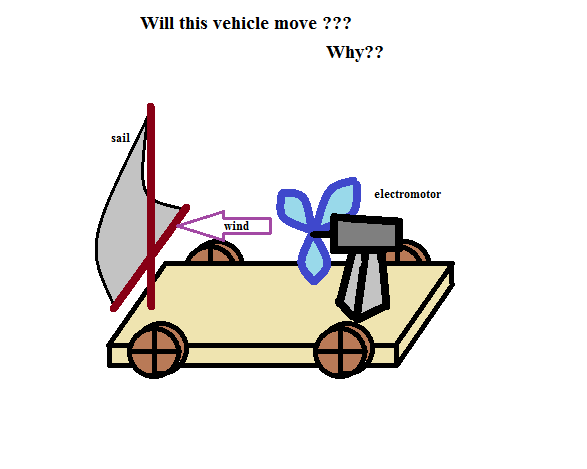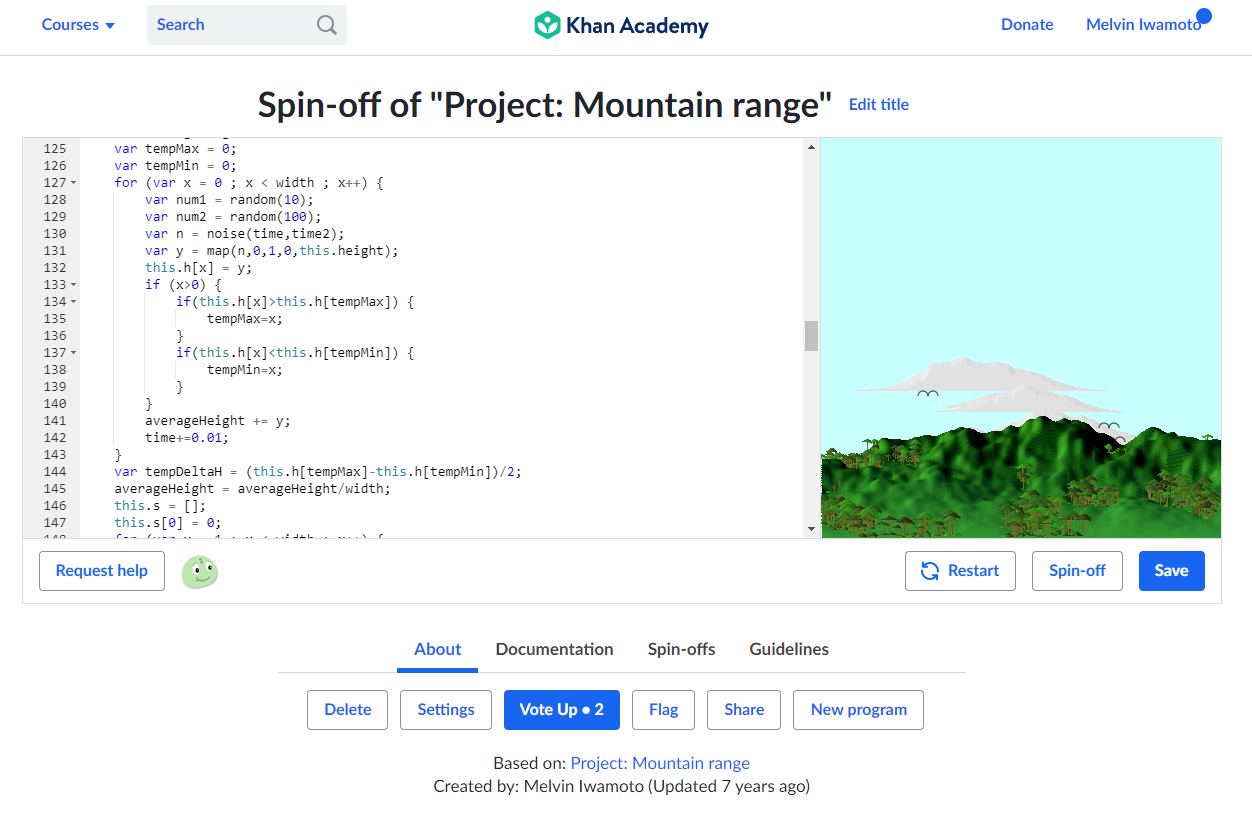Moving Mountains and Building Interest
Moving Mountains and Building Interest

Opting out
After moving on from EE160 I had a budding interest in programming and the seeming ease with which one can create working programs whose complexities are limited only by the imagination. The accessibility of it was also incredibly appealing; you could type into a simple text-editor, name the file with a specific extension, and produce programming code that could be compiled into a program. Even writing pseudo-code on paper could help to at least organize your thoughts and you might be able to make progress on coding anywhere without even an electronic device.
The only experience with any programming language that I had, though, was in C-Language and that was through on using UH's UNIX server as an Integrated Development Environment (IDE) and I had had more than enough of interacting with that at the time. The cumbersome effects of having to learn to press the keys j, k, l, and ';' to move the cursor around a document in the VIM was unappealing and felt backward and caused me a few headaches when using conventional applications like Microsoft Word. I also had built up a yearning to interact with programming in a more graphically meaningful way beyond mere formatted text.
The ability to create the game Snake had sparked an interest toward creating more complex things and I intended to just learn it all on my own and alongside my original academic pursuit. I wanted to learn a language that wasn't as archaic as C-Language and yet was also old enough that it was already being used to program new games; most importantly, however, was a language that was supported by a free and on-line IDE, possibly through a web-page, which allows normal typing and mouse support, rather than through a console, and that is how I came across Khan Academy and their computer science courses and JavaScript IDE.
Khan Academy: Gazing at the horizon
The computer science courses consist of modules that have small projects as a sort of capstone and I ended up completing them fairly quickly. One such of these projects is to produce code that draws a mountain range onto a conveniently placed "canvas" next to the code editor. Central to this lesson on simulation is the use of a noise function which generates fluctuating values, much like a standard random number generator (RNG), but it differs from a dice-roll type of RNG when taking sequential inputs and generating numbers close to its previous one; if you give it a sequence of 1, 2, and 3, it'll give you seemingly random values, but if you it a sequence which increments very slowly, like 1.000, 1.001, and 1.002, then it'll give you values that are much closer together.
The gist

The noise function allowed me to generate a large and sophisticated image from a relatively small and simple range of values, illustrated in the screenshot above. The value of seeing changes made in real-time was incomparable in satisfying my appetite for my growing interest.
https://www.khanacademy.org/computer-programming/spin-off-of-project-mountain-range/3255520902